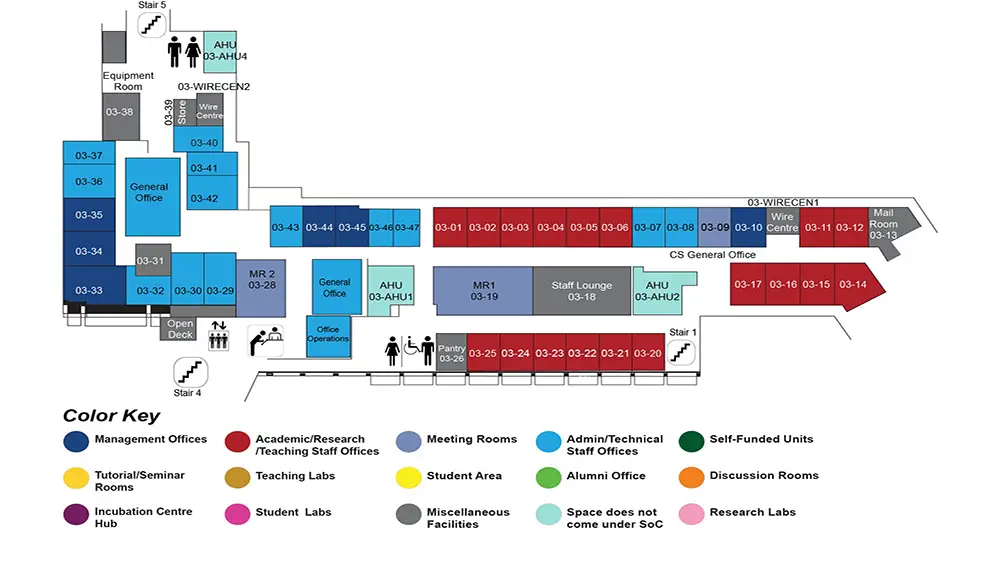Electronic Word-of-Mouth: Applications in Product Recommendation and Crisis Information Dissemination
COM1 Level 3
MR1, COM1-03-19


Abstract:
Electronic word-of-mouth (eWOM) plays a central role starting from product recommendations to social awareness, which is the quintessence of this thesis. It contains three essays. The first one aims to study how eWOM, in the form of user comments, is beneficial in recommendations of high-scale products. The other two essays investigate the role of eWOM in information diffusion in the context of online social networks.
Prior researchers have shown that eWOM is extremely useful in case of recommendations for various items such as movies, books, etc. However, as far as the scale is concerned, domains like mobile app ecosystem are several times larger than any of these existing consumer products, both in terms of number of items and consumers. Hence, the existing recommendation techniques cannot be applied directly to mobile apps. In the first essay, we have proposed an approach to generate mobile app recommendations that combines the association rule based recommendation technique along with collaborative filtering technique. Our proposed approach recommends apps solving the monotonicity and scalability issue. To evaluate the approach, we have experimented with mobile app user data. Experimental results yield good accuracy (15% increase in precision) while maintaining diversity (91% inter-list diversity) in the recommendation list in a scalable fashion.
The second essay examines information propagation using the retweet feature on Twitter. With two event-centric Twitter datasets, we characterize important user roles in information propagation at the time of crisis and discuss the evolution of these roles over time along with other retweetablity factors. Our findings show that user roles in information propagation are very much crucial and evolves due to event. In addition, we have experimentally shown that disruptive events have a strong influence on retweetability and replicated our findings in another dataset to validate the robustness of our approach.
Hashtags in microblogs provide discoverability and in turn increase the reachability of tweets. The majority of the hashtags (around 50%) in a tweet generally occurs in groups. The third study investigates how the co-occurrence of hashtags affects its popularity, which is not addressed heretofore. Findings indicate that if a hashtag appears with other similar (dissimilar) hashtags, popularity of the focal hashtag increases (decreases). Interestingly, these results reverse when dissimilar hashtags appear along with a URL in the tweet. These findings can direct the practitioners to implement efficient policies for product advertisement with brand hashtags.
Overall, eWOM in the field of app recommendation and information diffusion on Twitter at the time of crisis have been critically investigated, which will not only lead to deep understanding of eWOM in emerging domains, but more importantly, provides practical implications for efficient policy making in product recommendation, advertisement, and information diffusion.

